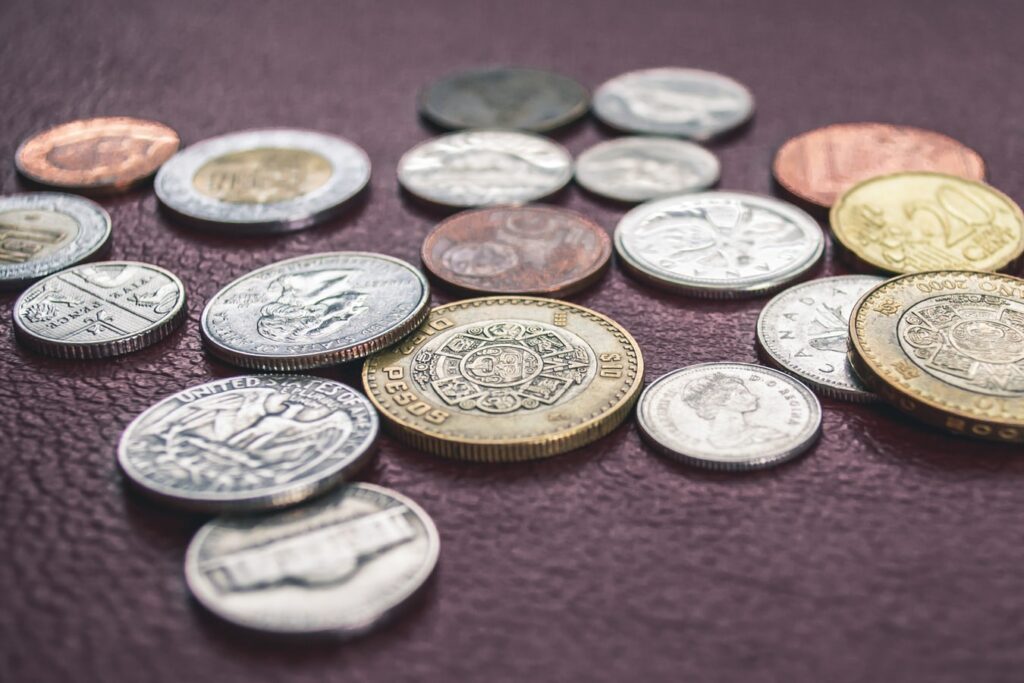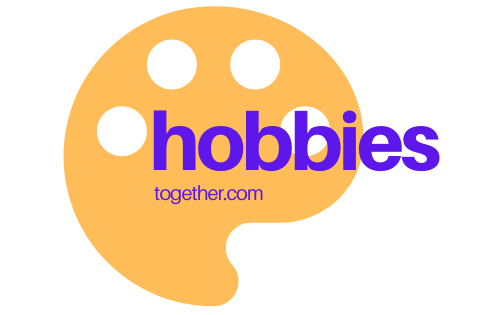
Coin collecting can start on a whim if you stumble across a really interesting coin or inherit a collection from a family member. It could also be a pursuit you started when you were young. However the journey starts, coin collectors are as interesting and diverse as the coins they collect. From discovering lost histories to hunting down rare coins, one of the most exciting, yet also calming, hobbies out there is coin collecting. Let’s take a look at what it takes to start and sustain a coin collection — and enjoy the process along the way!
Stick to a budget
Coin collecting is a hobby for any budget. Anyone with an interest can become a collector, and it’s likely that the more you collect, the more your interest will grow — and that might mean the more you’ll spend.
It’s important to research the cost of coin collecting and decide on a modest budget, at least for the first few years while you are building your collection and learning the ropes. Think long-term when it comes to planning your budget. Coin collecting is a hobby that encourages us to slow down and enjoy the moment. Plan your budget with that in mind to maximize your funds.
Get familiar with a few basic terms
Before you really get rolling with your coin collection, you’ll want to understand a few basic terms. This will help you with your online searches, when talking with appraisers, and when joining coin collecting clubs. A good way to really immerse yourself in the language is to grab a subscription to a coin collecting magazine, like Coin World or Coin Collector. Be sure you understand concepts like:
- Grading: A coin’s physical state based on signs of usage and wear.
- Bag marks: Dings, dents and other marks on a coin caused by damage from being stored with other coins in a bag.
- Denomination: The face value of a coin.
- Planchet: The metal disc of a finished coin.
- Die: The minting device that strikes an image on a planchet.
- Legend: An inscription that describes the coin’s nation of origin and its denomination.
- Mint: The factory that makes the coins.
Start with a theme
Coins have been in use for almost 3,000 years. There are a lot of coins out there — how do you know where to begin your collection? Some people collect by time period, which gives you a lot of options, from medieval German coins to 19th-century US coins and so on. People with an interest in a specific historical period really enjoy this kind of collecting.
Other people enjoy collecting by type. For instance, some collectors look for one of all the different kinds of US pennies minted over the years. The same can apply to different Euro designs. There are also those who collect by design. Common themes might include animals, oats, architecture, and geometric designs. This is a fun way to diversify your coin collection while sticking to a cohesive theme. You can also get really specific with coin collecting, such as:
- US coins: One of the most popular collecting themes, the United States Mint has produced an array of coins since 1792, from the rare 1933 Saint-Gaudens Double Eagle to the simple Wheat Penny.
- Ancient coins: Coins from ancient Greece and Rome are embedded with famous faces like Alexander the Great and Julius Caesar.
- East Asian coins: With some coins more than 2,000 years old, many of these have unique shapes and sizes.
- Medieval European coins: Coins from this era might be secular or sacred, depicting saints, kings, bishops, emperors, and more.
- Islamic coins: With intricate script designs, Islamic currency makes for a beautifully-detailed collection.
- US State quarters and America the Beautiful quarters: The State Quarters program inspired millions of Americans to begin collecting coins depicting states and national parks.
- Latin American coins: Find the faces of Spanish kings, Simón Bolívar, and other historical Latin American figures.
- Commemorative Euros: In 2004, the Eurozone began minting commemorative coins depicting notable events, from World Bees Day to beautiful locales, like the Old Town of Santiago de Compostela.
- Foreign currency: Collecting currency from all around the world helps you remember your travels and celebrate all the places you’ve been.
- Error coins: Thanks to infrequent mint errors, there are unique and exciting coins — many rare — that deviate from the “norm.”
Finding coins
A coin collection can begin as simply as rummaging through your pocket change. You can also hunt online for coins, especially once you’ve landed on your theme. There are a lot of places on the web to discover old and rare coins. Some people inherit coin collections, but don’t have the drive to add to the collection themselves. They may sell the collection as a whole or in parts one by one. Antique markets can be a great place to uncover someone’s once-beloved collection.
Collectors who enjoy a bit of a scavenger hunt might order rolls of coins from their bank and go through them, looking for ones that stand out. They might also use a metal detector to search for dropped or lost coins in public places like parks and beaches. There is something really exciting about a good-old-fashioned coin hunt.
Coin collecting is not only fun, but it can also be an investment. Rare coins only increase in value over time, which means you can someday earn a good chunk of change (no pun intended) for your hobby. It is also a great hobby to share with a loved one, like a child or a grandchild, and then leave the collection to them when you are done. You will strengthen your bond while searching, learn history together, and develop a deep appreciation for the joy a coin hobby brings into your life.
